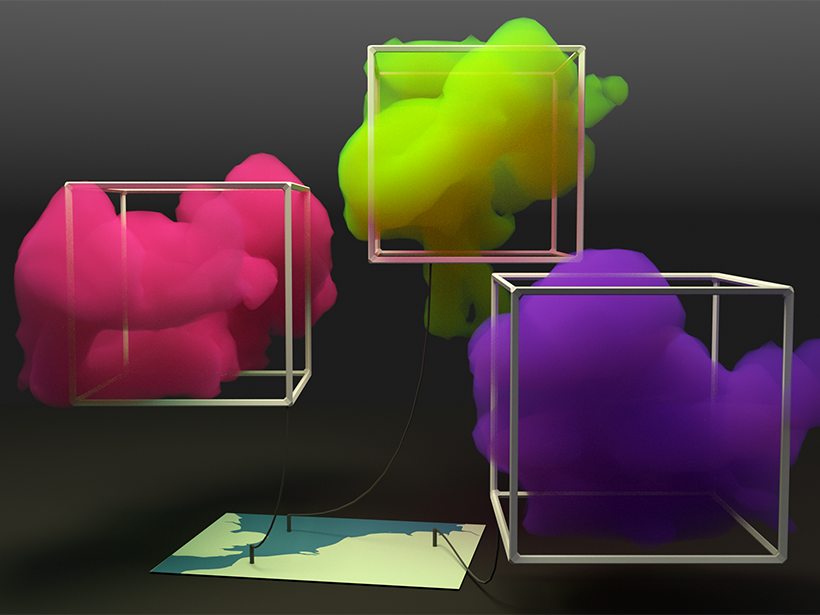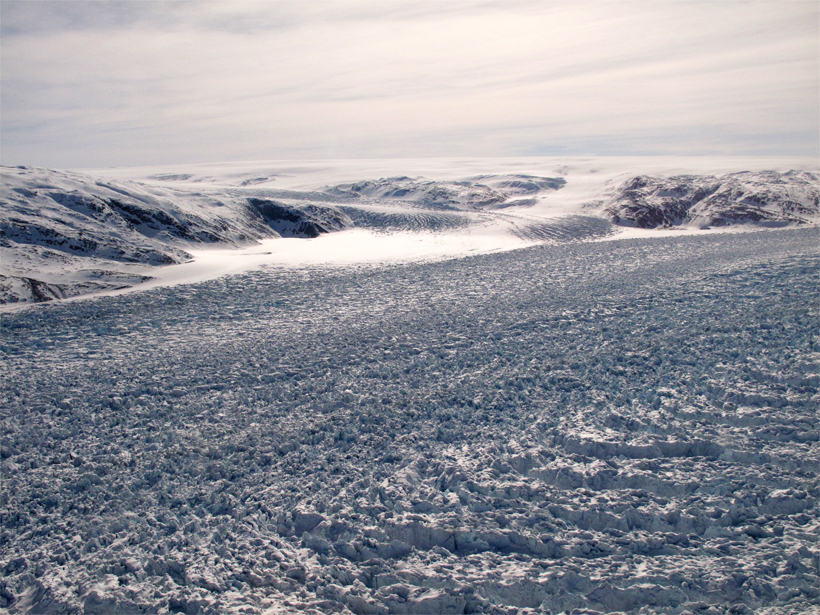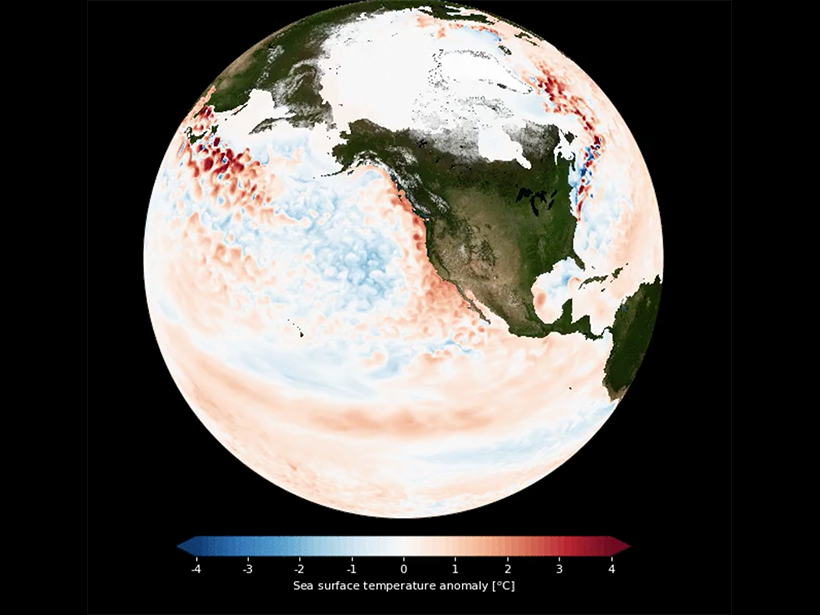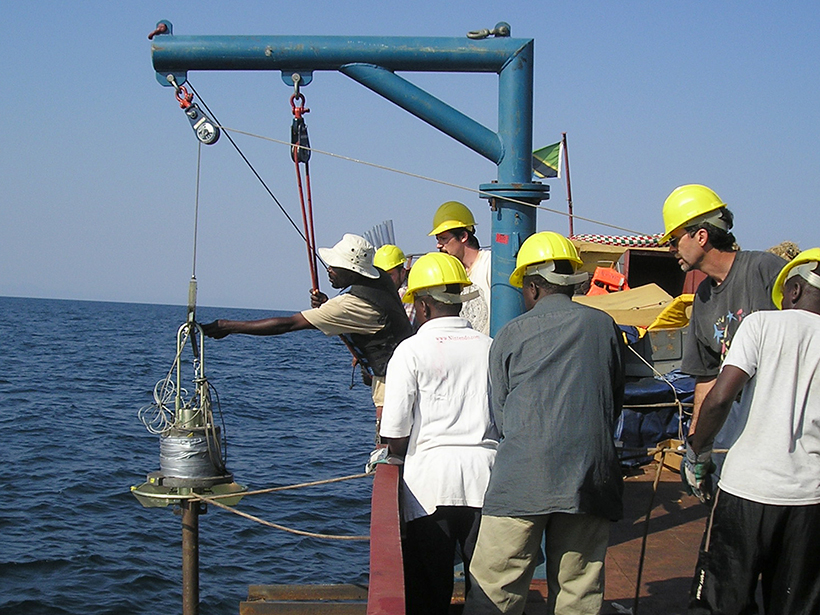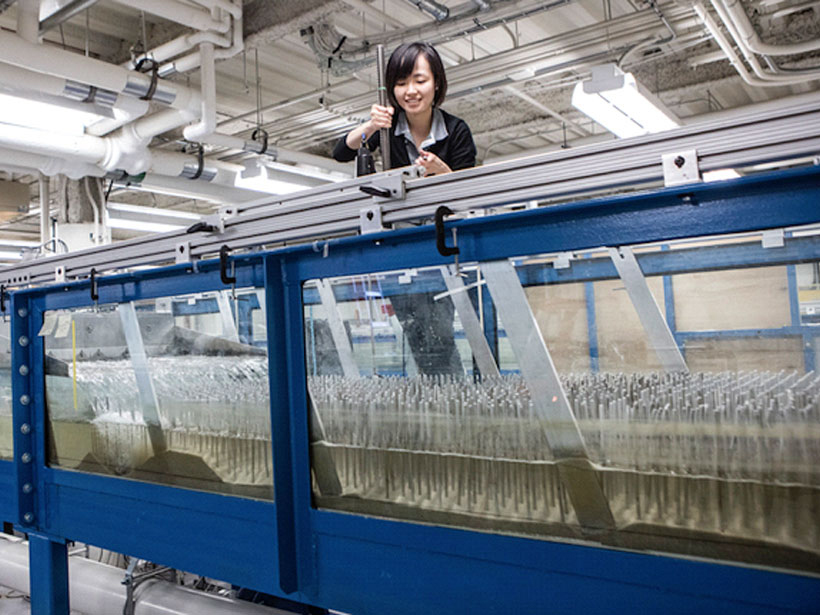A new tool links nitrogen and phosphorus applications to land use classifications to better understand where and how much of the nutrients enter watersheds in the U.S. Great Lakes Basin.
Aaron Sidder
Aaron Sidder is a freelance writer based out of Denver, Colo. He has a master’s degree in ecology from Colorado State University. Aaron was an AGU-sponsored AAAS Mass Media Science & Engineering Fellow at National Geographic in 2016, and he has been writing for Eos ever since. In addition to Eos and National Geographic, he has written for National Geographic Kids Magazine, Smithosonian Smart News, 5280 Magazine, and the Santa Fe Institute. In his free time, he cultivates an extensive—and growing—collection of field guides from around the country.
Earthquake Statistics Vary with Fault Size
A theoretical study explores why small earthquake sources can produce quasiperiodic sequences of identical events, whereas earthquakes on large faults are intrinsically more variable.
A “Super” Solution for Modeling Clouds
Climate models struggle to accurately portray clouds because the models cannot resolve the scales at which clouds form. A new study demonstrates a potential fix for the problem.
Detailed Origins of Sea Spray Revealed, One Droplet at a Time
An energized air-sea interface facilitates exchange between the atmosphere and the ocean. A new study looks at the formation of sea spray, an important component of this exchange.
Fading Air Pollution Reduces Fog in Central Valley
The tule fog in California’s Central Valley is notorious for causing delays and accidents throughout the region; however, a decrease in air pollutants is reducing the fog’s frequency.
Modeling the Subsurface Hydrology of the Greenland Ice Sheet
Firn aquifers—pockets of meltwater beneath the surface of an ice sheet—could have far-reaching impacts on subglacial hydrology, a new study finds.
Improving Climate Predictions over Decades
Several factors make long-term climate predictions difficult. New research looks at how to improve model predictability by separating climate signals from the noise.
Paleomagnetism Indicators May Be Flawed
A new study finds that magnetism in volcanic ash tuff forms through varied processes, calling into question previously reliable signatures used to study variations in Earth’s magnetic field.
Translating Climate Models to the Language of Paleoclimate Data
A new model will help climate models better interpret paleoclimate reconstructions derived from lake sediment and could improve predictions of future climatic conditions.
New Study Shifts Paradigm of Coastal Sediment Modeling
A new model improves predictions for sediment movement in vegetated shoreline zones and reveals a universal predictor that could change the understanding of coastal landscape evolution.



